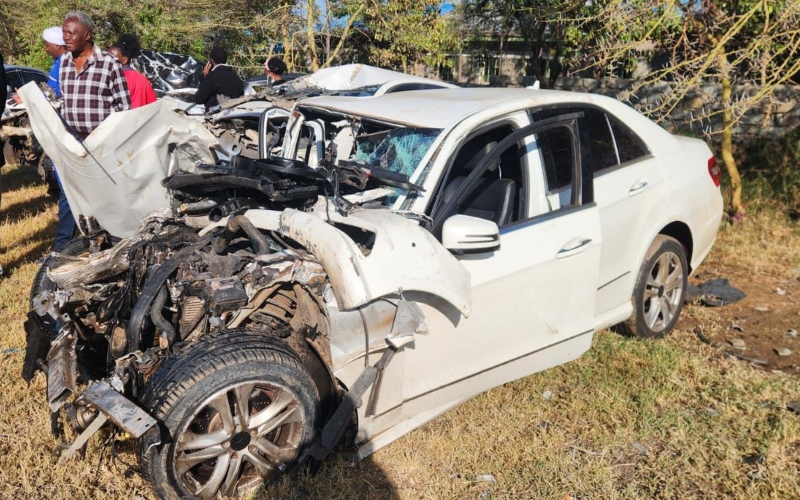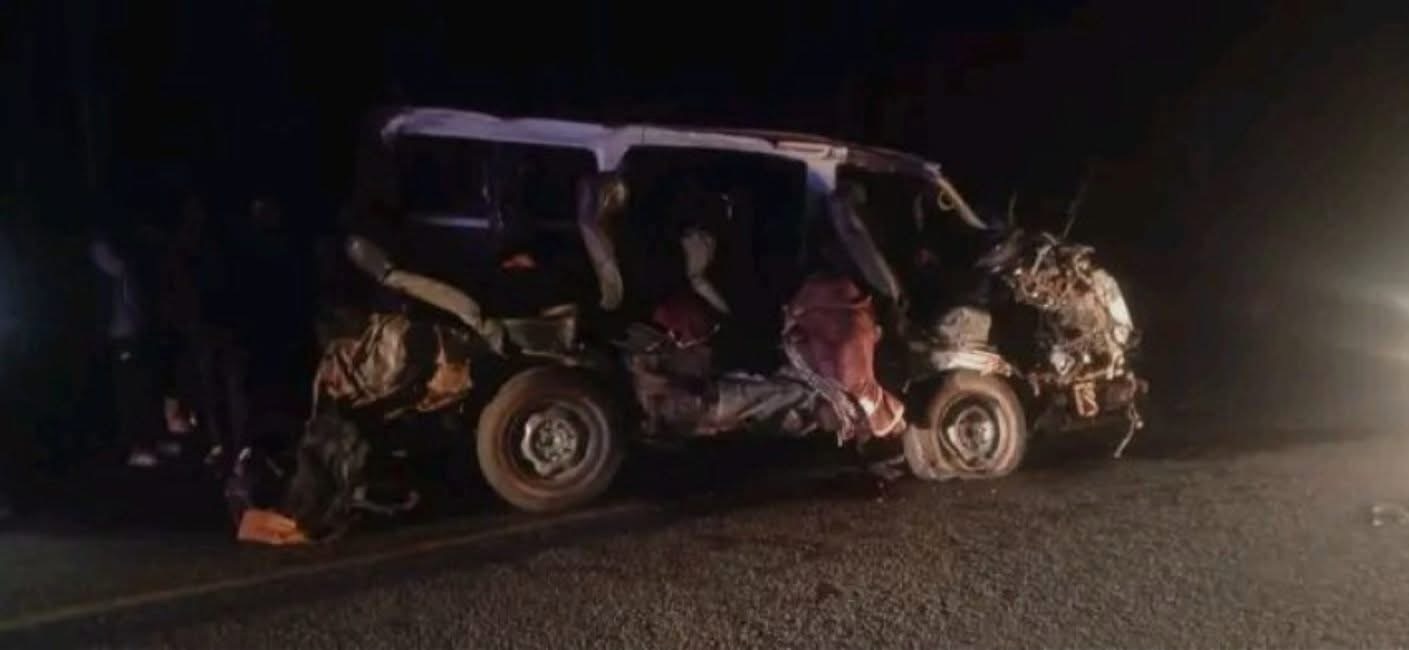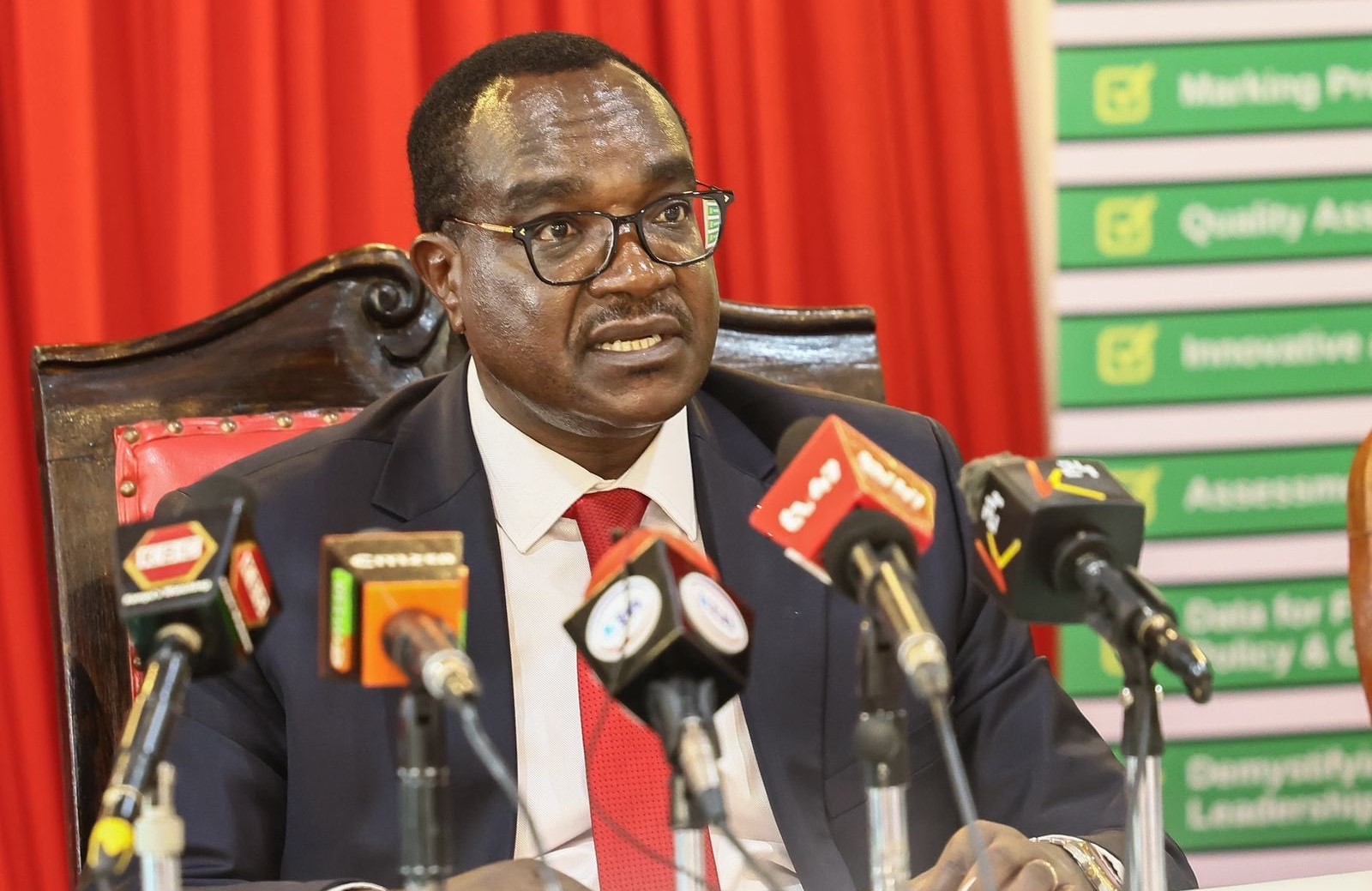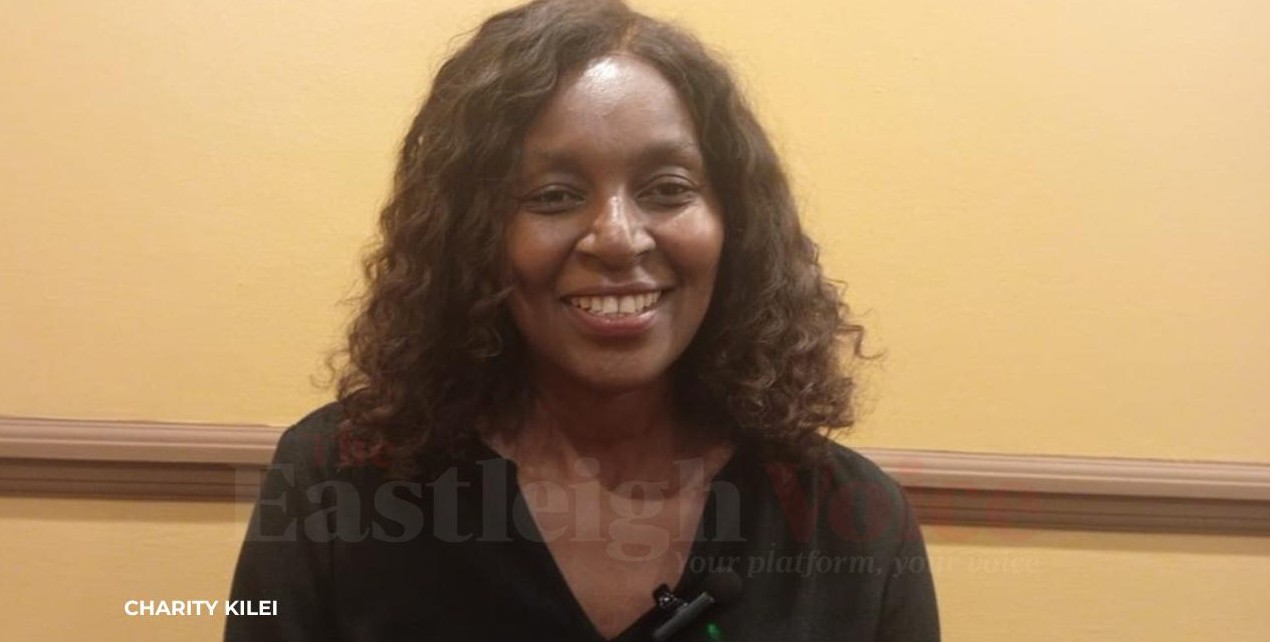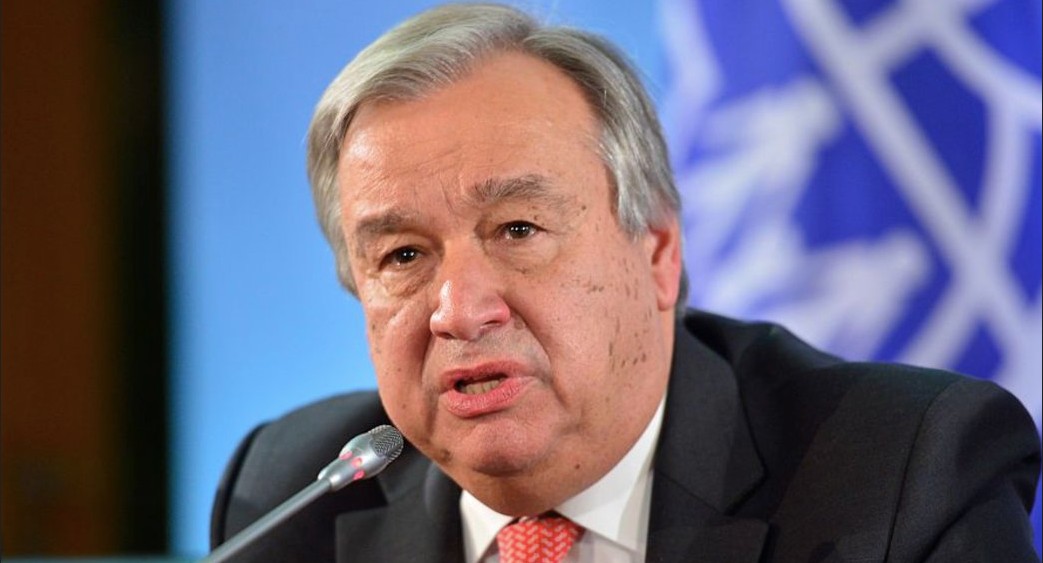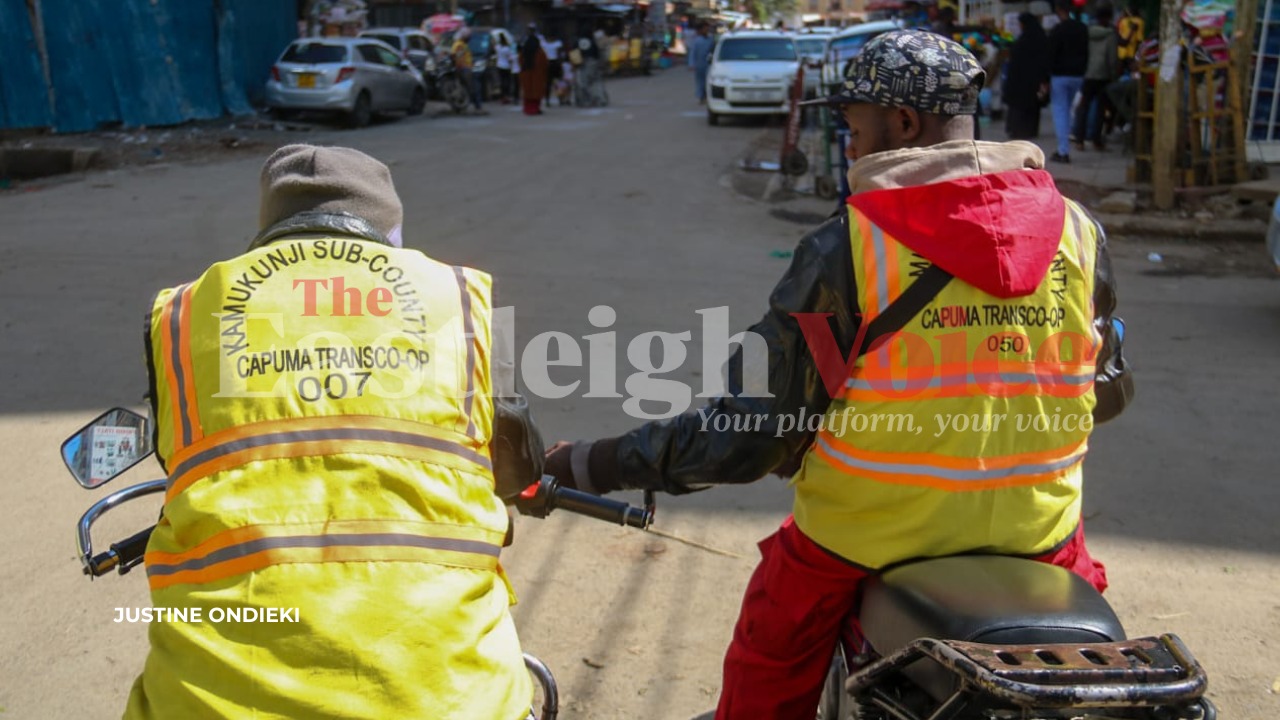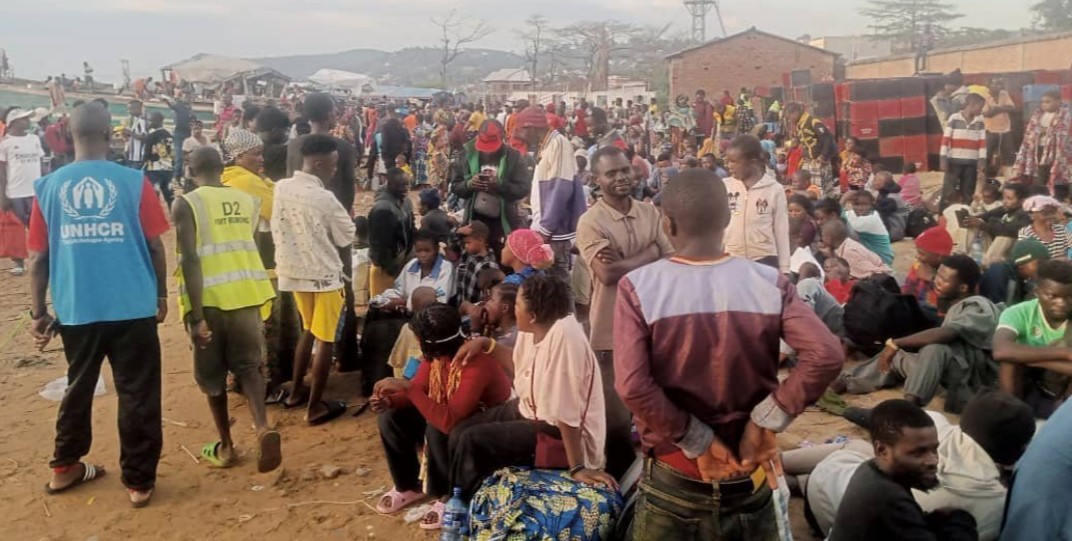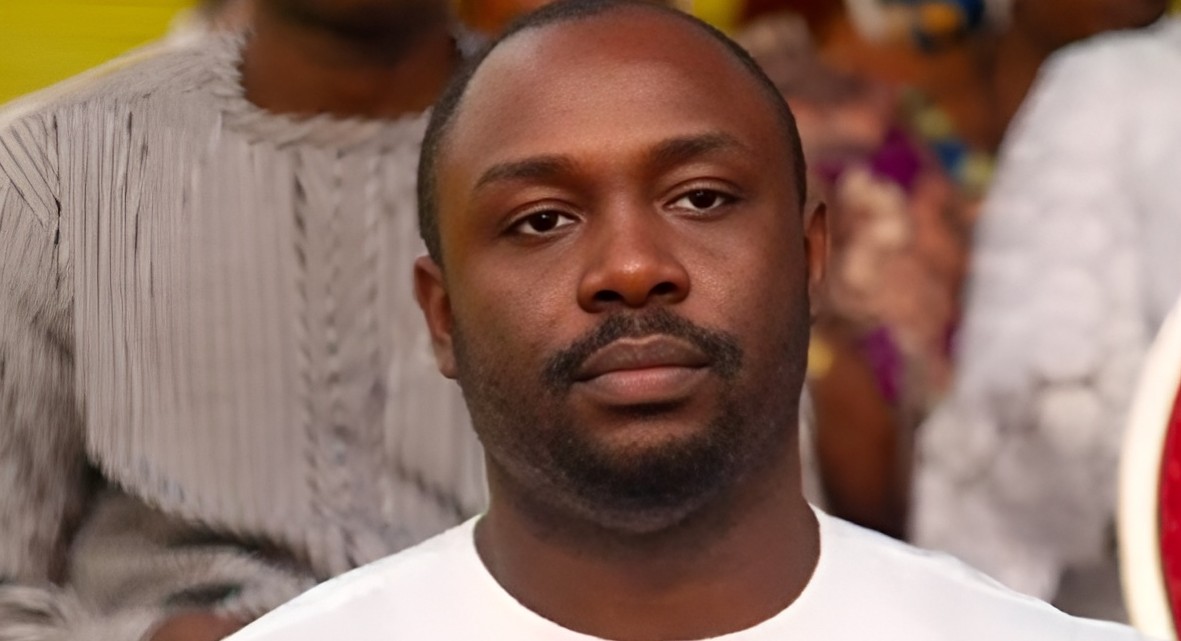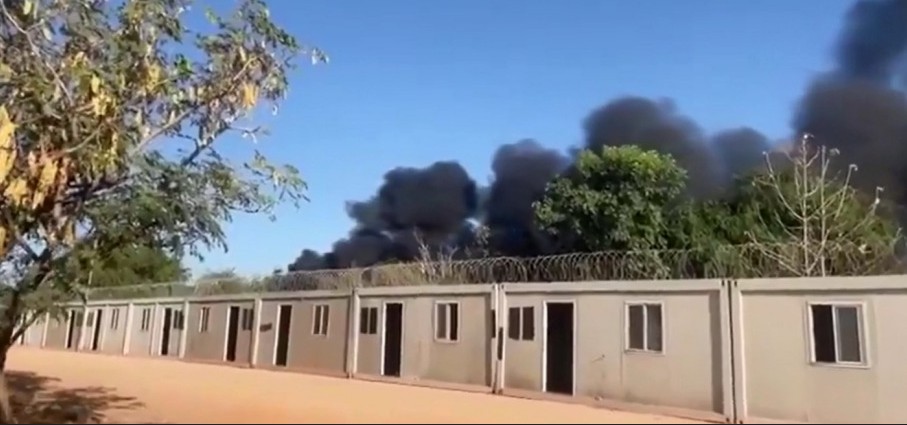Agony as hospitals demand payment before treatment
![Agony as hospitals demand payment before treatment - Patients wait for their turn to be treated in a hospital. [Photo: shutterstock]](https://publish.eastleighvoice.co.ke/mugera_lock/uploads/2024/07/Hospital.jpg)
Health facilities are obligated to save lives regardless of financial considerations.
Preserving human life is an ethical code that health workers cherish as they carry out their duties. However, in many Kenyan hospitals, the harsh reality is that the love of money often overshadows the sanctity of human life. Tragically, some hospitals would rather watch a patient die than provide care if no upfront payment is given.
Salim, not his real name, recounts a heart-wrenching incident he encountered last year after they rushed a man who had been stabbed in the neck in a fight patient to a private hospital in Nairobi.
More To Read
- Ruto orders all hospitals to report every maternal and child death
- Surviving the next pandemic could depend on where you live
- Health Ministry rolls out new oxygen equipment to hospitals
- WHO urges countries to protect health budgets amid aid reductions
- Wajir doctors to get promotions, training opportunities in new deal with county
- Turkana moves to safeguard health with bold One Health Bill
"I was on my way home when, suddenly, two men started fighting. As people rushed to disperse the crowd, one of them pulled a knife and stabbed the other in the neck, and he was bleeding heavily," Salim said.
To their shock, when they arrived at the hospital, they were asked to pay some money before the man could be treated or take him to another hospital.
"The image of the young man holding his neck with blood oozing and trickling down his hand has stuck with me. We tried to negotiate with the hospital because none of us knew the man and the hospital was demanding money that none of us had at the time," Salim said.
The hospital refused to attend to the patient, forcing them to take him elsewhere.
"Since we didn’t have the money, the hospital helped us get an ambulance to take the man to a public hospital after contacting his family," Salim said.
By the time the ambulance finally arrived, the young man had lost so much blood that he died.
"When the ambulance picked him up, it didn’t even drive for two minutes before the young man passed on," Salim said.
When illness or emergencies strike, proximity matters, as every second counts in saving a life. However, many Kenyans face the harsh reality that money often determines the quality of care they receive. The less fortunate are either left to die or forced to endure long queues at public hospitals, highlighting a stark inequality in accessing medical care.
Lilian, a resident of Nairobi, vividly recalls the agony she endured after being caught in a stampede during a protest and was rushed to a private hospital in the city.
“When you’re in pain and you are rushed to the hospital, you expect immediate help. However, at this hospital, we had to pay for every step of the process, despite our assurances that we could pay the total amount after treatment,” she told The Eastleigh Voice.
Lilian remembers her colleagues being required to pay for painkillers first, then make the registration before any consultation could take place.
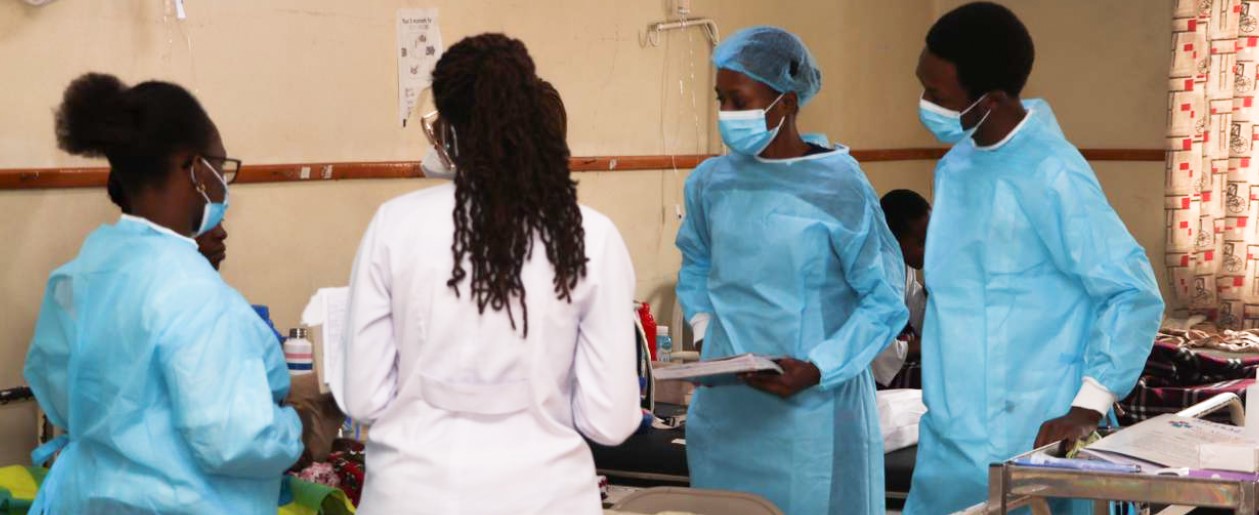 Doctors attend to patients at a Kenyan hospital in the past. (Photo: Courtesy)
Doctors attend to patients at a Kenyan hospital in the past. (Photo: Courtesy)Doctors attend to patients at a Kenyan hospital in the past.
“My colleagues kept making trips to the counter, paying in bits while I writhed in pain. Only after the hospital received payment confirmation was I moved to the next step. I wonder how I would have managed alone, as I could barely walk,” she said.
She wondered what happens to those who are critically ill and may not have the money for deposits.
“While many are in business to make money, sometimes just preserving human life should be the priority,” Lilian said.
In Kenya, cases of negligence in hospitals have been steadily increasing, with public facilities often bearing most of the blame. However, some private hospitals are equally at fault, yet many go unpunished simply because they are private institutions.
Peterson Wachira, the National Chairman of the Kenya Union of Clinical Officers (KUCO) Health Union Caucus, asserts that every Kenyan has the right to emergency medical care. According to Wachira, in emergencies, health facilities are obligated to save lives regardless of financial considerations.
"It’s unethical and illegal to refuse emergency treatment to anyone who needs it," said Wachira.
He emphasised that Article 43 of the Constitution and the Health Act of 2017 guarantee every individual access to emergency medical services. Article 43(2) of the constitution states that no person shall be denied emergency medical treatment
Wachira clarified that all health facilities, whether public or private, operate under government registration. This highlights their role in providing health services on behalf of the government, regulated either by the Kenyan Medical Practitioners and Dentist Council (KMPDC) or the Clinical Officers’ Council.
He said there is recourse available to individuals denied emergency care, highlighting the importance of preserving evidence for potential legal action.
In Kenya, despite many citizens having paid into the National Health Insurance Fund (NHIF) for years, a recent investigation by The Eastleigh Voice revealed that hospitals continue to refuse NHIF cards due to unpaid debts by the government. Instead, they demand upfront payment, denying medical care to those without immediate funds.
With the suspension of the rollout of the Social Health Insurance Fund (SHIF) by the High Court, patients continue to suffer as the Ministry of Health navigates the challenges.
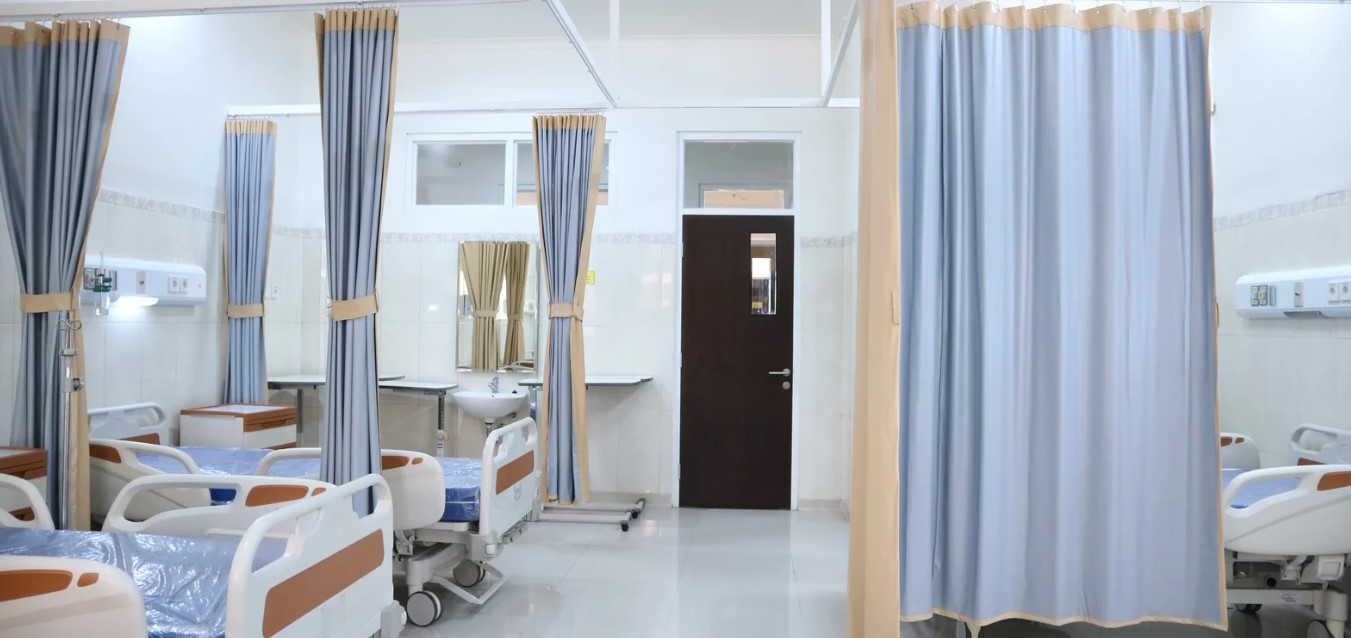 A stock photo of a ward. (Photo: Canva)
A stock photo of a ward. (Photo: Canva)A stock photo of a ward. (Photo: Canva)
According to the World Health Organisation, patient harm in healthcare is a widespread and severe issue, occurring across all settings and levels of care provision. Approximately one in every ten patients is harmed during healthcare, resulting in over three million deaths annually due to unsafe care. In low to middle income countries, as many as four in 100 people die from unsafe care.
WHO highlights that more than 50 per cent of this harm is preventable, with one in every 20 patients suffering avoidable harm, half of which is attributed to medication errors. Estimates suggest that as many as four in 10 patients are harmed in primary and ambulatory settings, with up to 80 per cent of this harm being avoidable.
Several interrelated factors contribute to patient harm, often involving multiple elements in any single safety incident.
These factors include system and organisational factors which is the complexity of medical interventions, inadequate processes and procedures, disruptions in workflow and care coordination, resource constraints, and insufficient staffing and competency development.
Others are technological factors, or issues with health information systems, such as problems with electronic health records or medication administration systems, and misuse of technology.
There are also human factors and behaviour. These include communication breakdowns among healthcare workers, within healthcare teams, and with patients and their families, ineffective teamwork, fatigue, burnout, and cognitive bias.
WHO stresses that most mistakes leading to harm do not result from the practices of individual healthcare workers but from systemic or process failures that create conditions for errors.
Top Stories Today


